


Modern implantology has lit up the lives of million individuals across the world. Implant impression accuracy is one area of ongoing research and development to improve the success of the implant prosthesis. Impression forms the back bone for the success of the prosthesis therefore appropriate technique has to be selected for greater accuracy. To start with prosthetic phase there are few terminologies a dentist must know which are as follows-
Dr. Rohit Yadav,
Strategic Implantologist & Prosthodontist,
MDS (KGMC, Lko.) MS (IIF, Germany)
“India’s Most Successful Implantologist Dr. Rohit Yadav A highly skilled and Experienced Implantologist who practices Immediate loading Implants Exclusively”.

Component that seals and maintains the patency of the internal threaded section of implant during healing phase.It prevents bone, soft tissue, and debris from invading the abutment connecting area during healing.
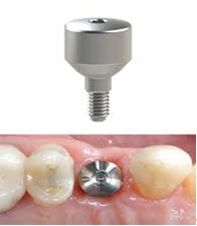
Here are some of the benefits of prophylaxis:
Extends the implant above the soft tissue and results in the development of permucosal seal and profile around the implant emergence . And component that serves to support a fixed or removable prosthesis .
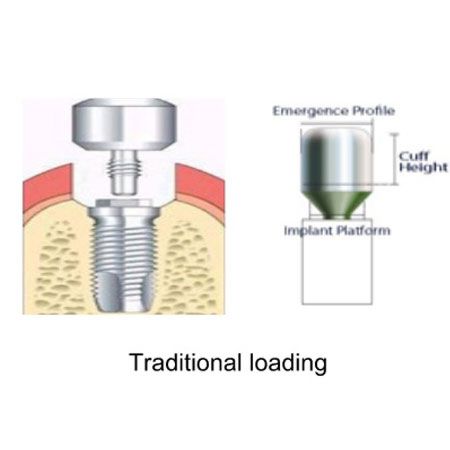
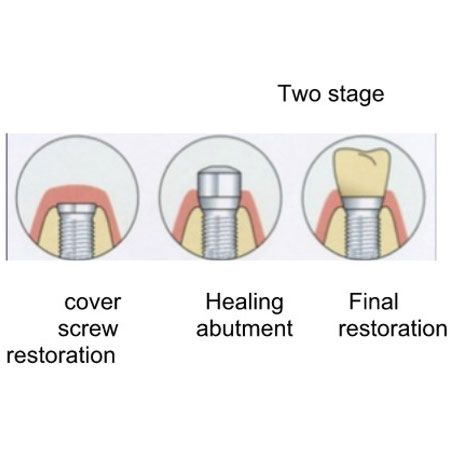

Abutment-
Component that supports or retains a prosthesis / implant superstructure. Superstructure is defined as a metal framework that fits the implant abutment and provides retention for a removable prosthesis
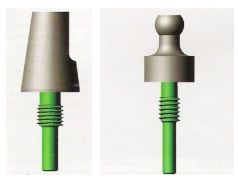
A transfer coping is used to position an analog in an impression.Two basic design of transfer coping based on the transfer technique performed. Transfer coping -
a) Indirect transfer coping ( Transfer Type) -
Screwed into the abutment or implant body and remains in place when the set impression is removed from the mouth. Used with closed tray technique. Parallel sided or slightly tapered.
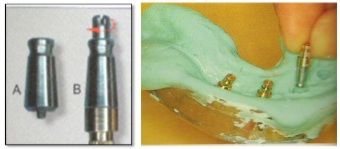
b) Direct transfer coping ( Pick Up Type) –
Hollow transfer component often square and a long screw to secure it to the abutment or implant body. Screw is unthreaded after the material is set. Used with open tray technique. They eliminate the error of deformation
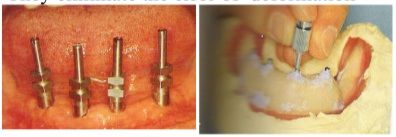
Component that is used in the fabrication of the master cast to replicate the retentive portion of the implant body or abutment.
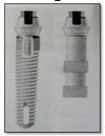
• Abutment Analog :
a replica of the superior portion of a dental implant. Usually used to provide an exact form of the dental implant abutment within the dental laboratory during fabrication of a prosthesis supported in part or whole by the dental implant
• Implant body Analog:
That component of a dental implant abutment which extends
into the internal structure of a dental implant and is used to provide retention and/or
stability to the dental implant abutment
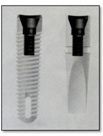
Component that penetrates the fixed restoration and secures it to the abutment Length
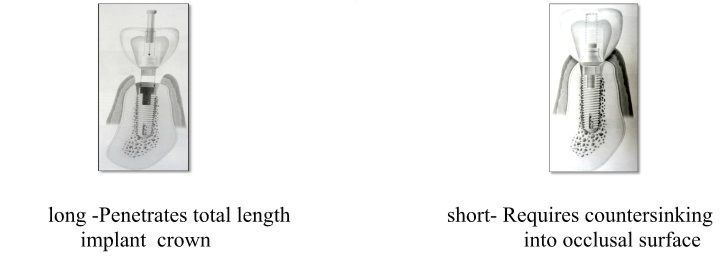
Use the screw driver to tighten the abutment screws so that the abutments are firmly seated.If the radiographs show a space between the fixture and the abutment, it must be corrected before an impression is made.Loosen the abutment screw. Inspect the coronal surface of the fixture and remove any soft tissue with a curette. Clean the abutment & abutment screw in saline solution. Tighten the abutment screw.Take new radiograph to verify that the abutment is correctly seated.

